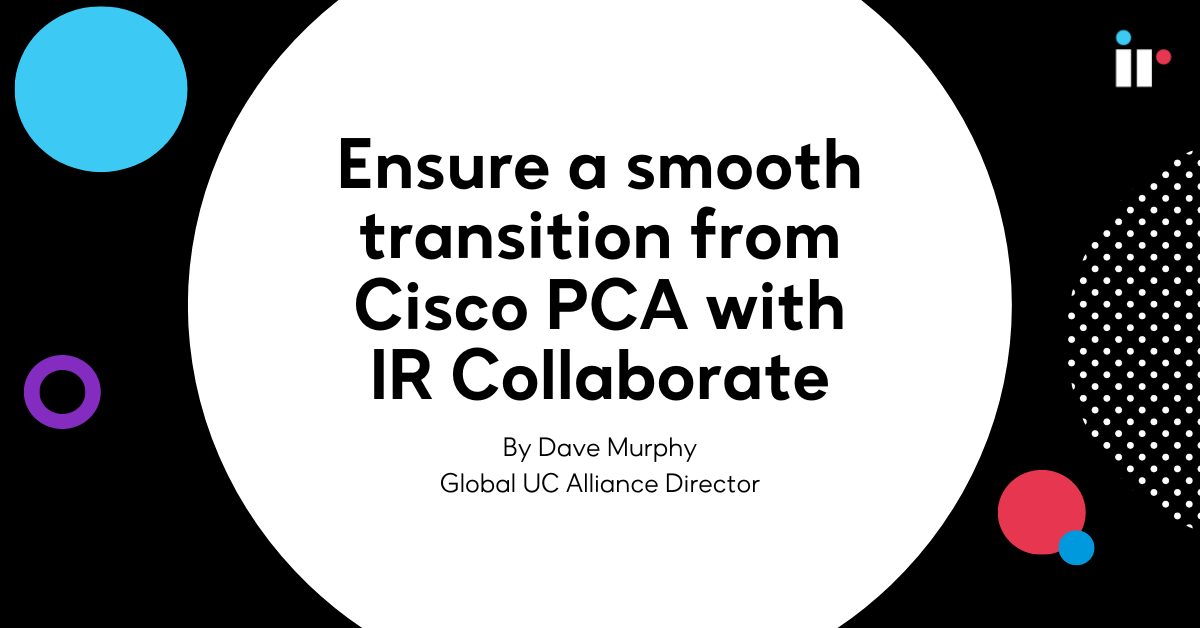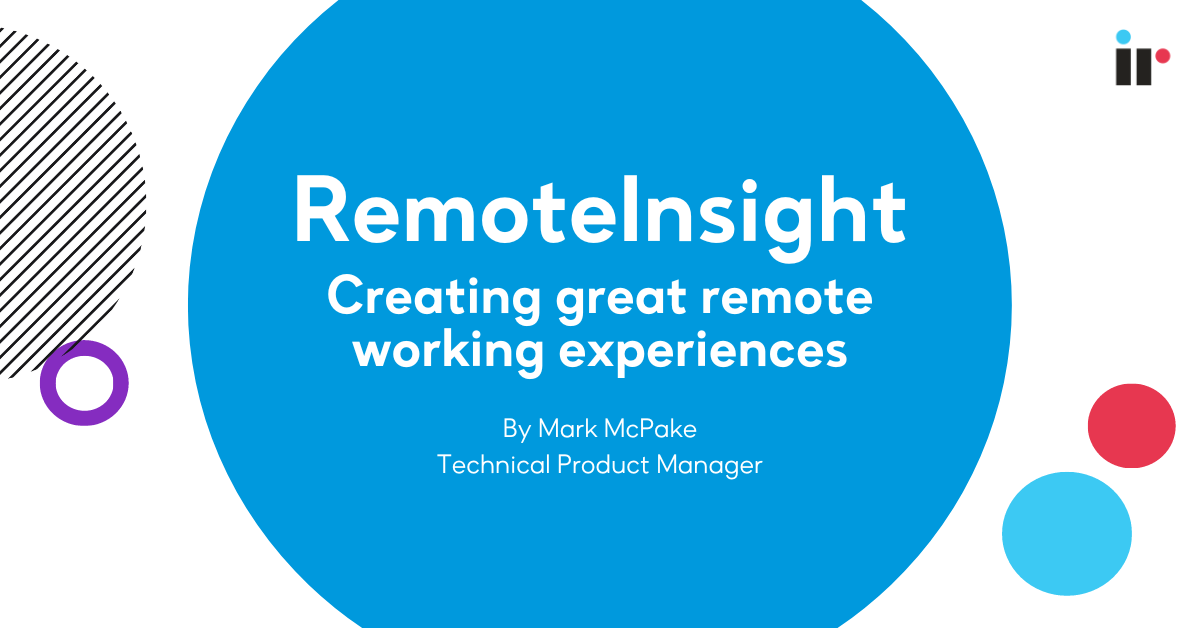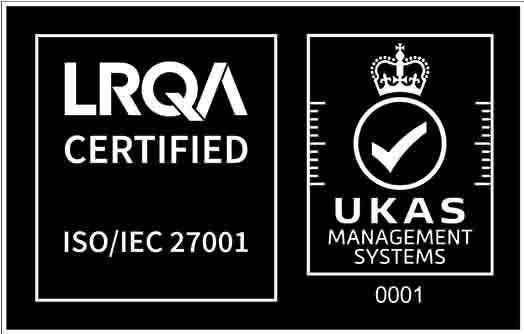Transitioning UC to the cloud, whether completely or using a hybrid approach is a big undertaking. Teams responsible need all the help they can get. Following the launch of our UC Cloud Migration checklist we are putting together a series of blogs to support and help your organization make a smoother UC transition to the cloud.
Transitioning UC to the Cloud is a Phased Approach
There are three distinct phases when moving unified communications to the cloud: planning, deployment and operations. During the planning phase, you will prepare a design of the environment and build a thorough understanding of necessary features/requirements. You should take about a month to assess the environment prior to rolling out any users in order to ensure that you are ready to move to the cloud. To determine if your network is ready for the journey, set realistic expectations about your network traffic profile. Does your WAN produce enough traffic to support traffic analysis, for instance? Tools like Skype Operations Framework will provide you with guidance about how to run the assessment. Prognosis UC Assessor is able to prove out the network before deployment, minimize risk and identify any network issues before you actually deploy users and risk them having a poor quality experience.
When moving from assessment to the deployment phase, it is important that you have ongoing visibility that allows you to manage from both a reactive and proactive sense. By gaining insight into the environment as you move into the cloud, you can understand and address issues as they arise. As soon as you deploy your first user, you will maximize success and eliminate risks from deployment. Once you move to the operation phase, you will focus on providing ongoing support, refining tools and processes, and tracking progress.
Addressing Maturity & Reliability Concerns of Transitioning UC to the Cloud
Because cloud-based solutions are still proving themselves in the marketplace, there are concerns about feature parity, maturity and reliability. There is also concern about whether the network infrastructure can run unified communications in the cloud. Early on, focus wasn't necessarily placed on manageability of cloud services. Over the last two years, however, solutions have evolved to become drastically more feature rich. To combat concerns and ensure necessary steps by IT teams to have a successful migration Microsoft has released the Skype Operations Framework, which is a set of best practices that document a formal methodology for how to move to the cloud. APIs are now available that enable partners within the ecosystem to effectively manage their environment.
In terms of product suites and capabilities, Microsoft released a licensing package called E5, which allows customers to buy phone numbers directly instead of having to go to the telco. That means that it is no longer required to maintain equipment sitting on-premises to have unified communications. Cisco Spark has a similar model in which they allow customers to buy numbers from a third party. Either way, you no longer need telcos and engineers involved in the process. Everything can be done from the cloud, which shows the significant evolution that has taken place over recent years. This journey marks a big step forward in terms of moving all telephony into the cloud and away from within your own IT organization.
Full Cloud or Hybrid – Key Points to Consider
While making the choice between a full cloud or hybrid solution, think about whether your organization lies within the SMB mass market, mid-market, or larger enterprise. In the SMB mass market, the requirements are much simpler. The number of users is smaller and it makes sense to choose a pure cloud solution over a hybrid solution, primarily because this type of organization likely doesn't have the IT resources to manage on-premises.
The mid-market and larger enterprise has to decide whether or not the cloud is ready to meet their requirements. Analysts have the general view that serious enterprise adoption will not be realized until 2018 or 2019. A hybrid solution is probably more desirable over the next 5 years as these enterprises make a gradual transition to the cloud.
Choosing UC Cloud Solutions – Where to Start
One of the ways to choose among various cloud solutions is to look at what analysts are saying in terms of capabilities set in the marketplace (Gartner has given their valuation between Cisco and Microsoft from a cloud PBX perspective, for instance.) Gaining an understanding of what analysts are saying about the capability set of these solutions is important, especially if you will become an early adopter. Because each cloud PBX solution will have a specific set of trade-offs, you must decide what features you are (or aren't) willing to live without in the short term as the market matures.
In the enterprise market, you will want to ensure that your chosen cloud telephony solution supports requirements such as survivability. If you have an IVR, receptionist, or executive assistant, you need to determine that all their requirements will be adequately met as you move into the cloud. Newer solutions like Google Hangouts or Slack are designed for cloud-only environments. They don't support a hybrid journey, and they don't allow for an easy migration path. If you have a large existing CAPEX investment in a telephony system, these solutions would not be an ideal choice. They are better tailored for a green field deployment and are more attractive to the SMB market.





